How We Should Educate Students about Racism
Academy Students Weigh In
“I want you to see me as an equal with the same capabilities as you, but I want you to acknowledge that there are problems, and that saying you are ‘colorblind’ doesn’t fix anything,” said Hanna Hearn ‘21, discussing her experience as a Black student at Academy as she looks back on her six years at AA. Hearn, Ethan Richardson ‘21, and Jade Valenzuela ‘03, the Director of Diversity and Inclusion at Academy, all talked to me about their experiences as members of our community. The key commonalities brought up in our conversations included the importance of a diverse and widespread curriculum, the prevalence of a subconscious racist culture, how we can discuss topics like race, and how the Academy community can address these matters. The consensus is that it is important to have these discussions — even if they are sometimes uncomfortable and difficult. Even though our school excels in many areas, we still have a lot of room to grow in issues of tolerance and education, and we can only do so through conversations and listening to the experiences of our peers.

We often think that racism only exists on the level of racist comments and slurs, or other overt acts. However, we have to recognize the fact that racism is woven into our institutions, including schools, and that a large part of being able to break that cycle means changing our education. So much of American history is taught with a Eurocentric and white-washed view. Think about how many of the general history lessons that we are taught begin when the colonizers came, or when the white people entered the picture. In researching this further, I found that numerous popular textbook publishers, such as Houghton Mifflin, Mc-Graw Hill, and Scott Foresman, never even mention the word ‘racism’ in their 800 page 5th grade history textbooks. In addition, there is no national social studies or history requirement, making it so that students in different states may learn something completely different about the history of racism and race in our modern day world. In a Washington Post article, math teacher Leanna Diggs says, “School curriculums and texts operate from a place of colorblindness. But our students do not live in a colorblind society. We need to adjust our teaching to the reality of our students’ lives. We can no longer teach a whitewashed history. We can no longer pretend we live in a post-racial society. Not in math class, not in any class.”
The students I spoke to felt like the Academy has done a great job of recognizing black and brown excellence in certain classes, but that this should still be more widespread. Hearn specifically mentioned Godzilla, and Richardson recognized his Senior Humanities Class. Richardson says, “I think it’s good to have an unbiased place of education. However, there are some obvious positions that one should take — I hope none of the teachers here are advocating for genocide and I’m pretty sure none of them advocate for white nationalism. So, it’s sort of like, talk about the protests, talk about more radical things, don’t shy away from socialism, don’t shy away from communism. All of this is happening currently, it’s all important to teenagers’ development, and we shouldn’t just get this news, but it should be also taught with more radical literature.”
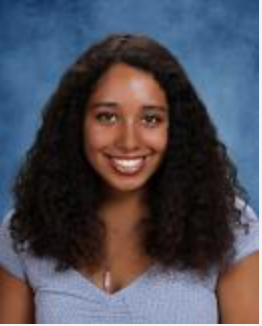
Both Hearn and Richardson commented on the fact that even though we have clubs like Student Diversity Leadership Club, the newly founded Black Student Alliance, and other educational activism on campus, we need these activities to be paralleled in the curriculum. For example, Richardson said, “A more diverse education to deal with all aspects of our society [is what] will truly be able to prepare us for a world that is not colorblind.” Valenzuela has been at the front of the new “Diversity, Equity, and Inclusion” classes in the 6-7 division, and when talking about the importance of this education, she says, “If early on, you have a strong foundation, then when you go to talk about a book in your English class, you already know about racism and what that looks like, or about systemic racism or about implicit bias – you have these core understandings. So then you can see things through a different lens.” If we are taught how to have discussions about the history and the future of racism and if we have more background knowledge at an earlier stage, by the time we enter high school there is already a basic understanding and a greater ability to put ourselves in someone else’s shoes, even if we have never had their specific experiences.
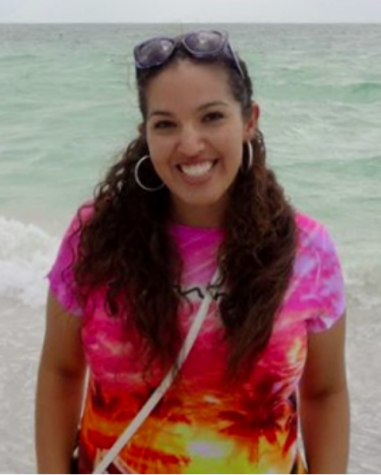
Often, the most important part of this education comes from learning how to have a discussion. Hearn says, “Instead of making people feel bad or making people feel like the things they’ve done in the past were bad, we have to remember that that’s not going to do any help. The point is going to be to support each other, and that’s what the point needs to be at the end of the day. It’s just showing how we are all capable in the same ways and we are all equal.” This ties back to Valenzuela’s key point of learning how to discuss difficult issues when we first attend school, because oftentimes we learn to become defensive, and that makes it harder for us to learn about racial injustices and to broaden our perspective. Valenzuela says, “I do think it’s possible to disagree civilly, I think it’s possible to acknowledge the experiences of others and the validity of the experience of others, even if it’s not an issue for you personally.” Valenzuela has been able to explore these topics in practice in her “Diversity, Equity, and Inclusion” classes. In facilitating these conversations around race and racism for the younger classes, she says that the most important topic she wants to get across is: “It’s important for us to understand that we all have unique perspectives and life experiences that are shaped by different aspects of our identity, and to respect and acknowledge that that other people are coming from different experiences and different perspectives, as well.” A large part of these DEI classes (and Diversity and Inclusion work in general) for Ms. Valenzuela is about the exploration of identity from a young age and remembering that in order to learn, we need to make mistakes. “I know these conversations are hard; I know sometimes people may misspeak; We may misunderstand each other. We may say something that hurts another person, and we have to get comfortable acknowledging that if something does happen, regardless of the intent, you have to acknowledge the impact. Humans make mistakes and we can assume positive intent from each other, but at the same time, we do not want that happening at the expense of a student in the room who might be hurt by what is happening.”
When kids are taught about history from the Eurocentric lens, it is easy to bring white savior and even racist ideologies into casual interactions and discussions. A large part of my conversations with Hearn and Richardson consisted of discussing a general subconscious racism, and the racist tendencies many people, including Academy students, have (that we may not even realize). When I first asked Richardson about his experience, he told me, “I was definitely called the N word in eighth, ninth grade, and monkey too. Then in 10th grade and junior year, it was a little bit more subtle and kind of in the form of racist jokes. Just using jokes to justify, and so it’s definitely died down over the years, probably just through maturity. I think it’s not as visible but definitely still subtle.” Hearn also echoed this sentiment of subtle racism and jokes. She specifically pinpointed several instances where students would tell her that she was being too sensitive about race issues, or when students and teachers used the N-word lightly in class. “The reason why that’s problematic is that people don’t understand that it’s all about perspective. You have to understand how it’s going to make me feel when I see a white privileged person say that word, especially a teacher who is a higher power than me. People don’t really want to think about that or they want to think that it’s not a big deal but it is! If you’re a white privileged person and you’re saying the N-word, a black person is always going to see a double meaning behind it.” However, both students and Ms. Valenzuela also commented on the new N-word policy that was just put into place at the beginning of the 2020-2021 school year. An excerpt from the new policy states: “Moving forward, the n-word should not be used by faculty or students in the classroom, under any circumstances–whether reading aloud from a textbook or novel, reciting lyrics from a song, or merely repeating someone else’s use. We recognize that the n-word is most likely to come up in English and history but want to reinforce that it should not be used in any educational setting, regardless of the subject area.”
What we have to realize is that every single one of these issues exists within a cycle. When Eurocentric and white-washed views are taught in our schools, we learn a subconscious bias and do not learn how to recognize our privilege. Then, when we go out into the world, we say our racist jokes and we do not recognize black and brown excellence. Not only do we teach our children these habits, but we do not break the cycle because we cannot see what is wrong with it. Hearn explains this presence of subconscious racism and its effects best, mentioning the events of the summer that helped push many people to finally recognize their subconscious racism. “What a lot of people don’t understand, too, is that a subconscious racism issue is an issue rooted in kids learning at a young age to fear black people. So what we can do now, while we’re young is try to condition ourselves to not fear people of color. So much of what people don’t understand about George Floyd and Breonna Taylor is that those white cops didn’t walk into the situation thinking, ‘I’m going to go kill a black person because I’m a racist person’ or ‘I specifically don’t like black people.’. They walked in there, saw a black person, and saw their black skin as dangerous — and many of us do without realizing it. So it’s important to break that subconscious racism, so that things like that will stop happening eventually, because so much of it is just in our heads and we don’t even know it.”
So what can we do in this specific moment in our Academy community? Each student I spoke to echoed the idea that when bringing issues to administration, the situation was handled quickly and the students felt as though they were heard. However, like with anything, there’s always room for improvement. This improvement to the students right now means a more general focus on our everyday experiences, in each class, and in our social interactions. Hearn and Richardson both agreed that smaller discussions and those sometimes uncomfortable conversations are crucial, not just in our own community, but in each student’s journey after they leave the Academy. So, with their sentiments and discussion of their experiences, I urge you to remember that although many of us will never be able to understand the black experience from a personal perspective, what we can do, and what our responsibility is to do, is to educate ourselves and those around us.


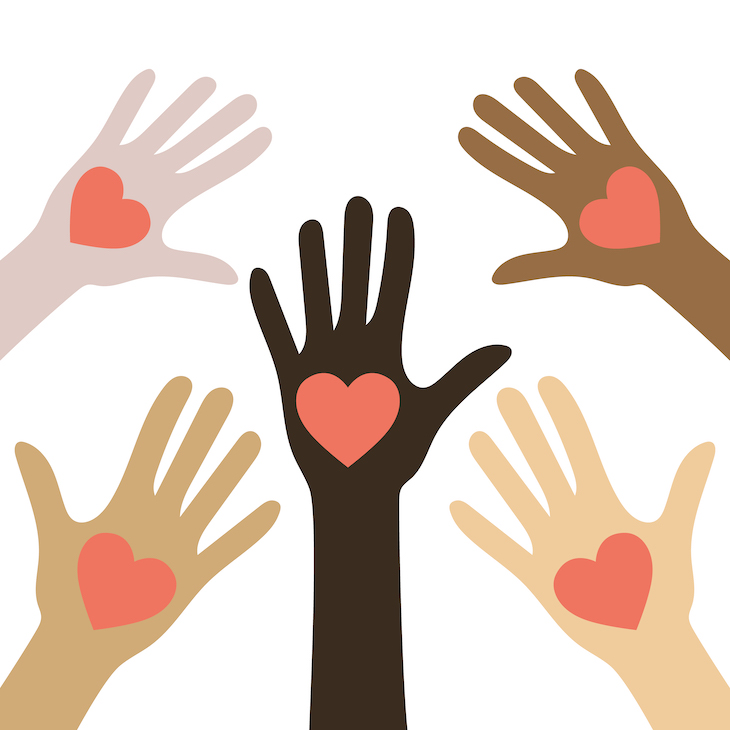
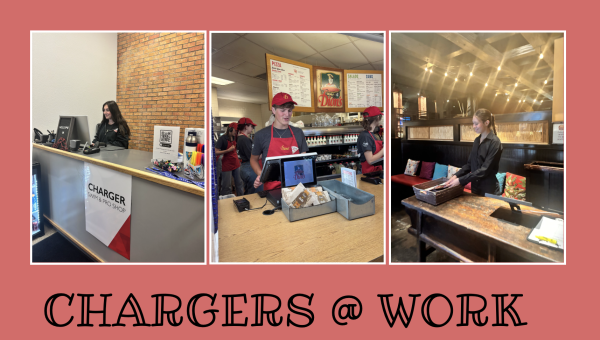
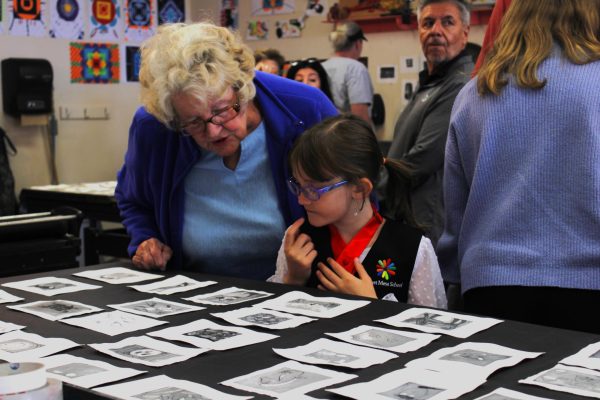
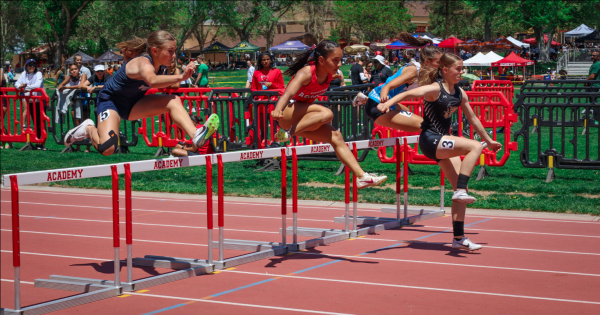

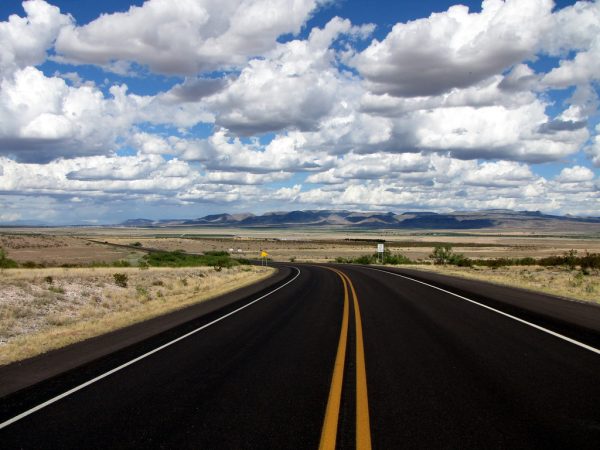
Rhea Fan • Jan 27, 2021 at 6:46 pm
Beautifully written and eye-opening. Truly, this subject needs to be brought to light. In more Southeastern states, segregation still lingers in the air, still a part of the society there. In those states, white people and colored people “do not mix”. They “can’t be friends”. This is quoted from one of my mother’s friends, who has been to Southeastern America a few times. “So much of American history is taught with a Eurocentric and white-washed view. ” This is also SO, SO, true. I am glad people are willing to talk about this issue, that seems insignificant, but really is a “subconscious” part of our minds as well.
Dr. Morris • Jan 27, 2021 at 3:25 pm
This is excellent. Thanks to everyone who contributed!